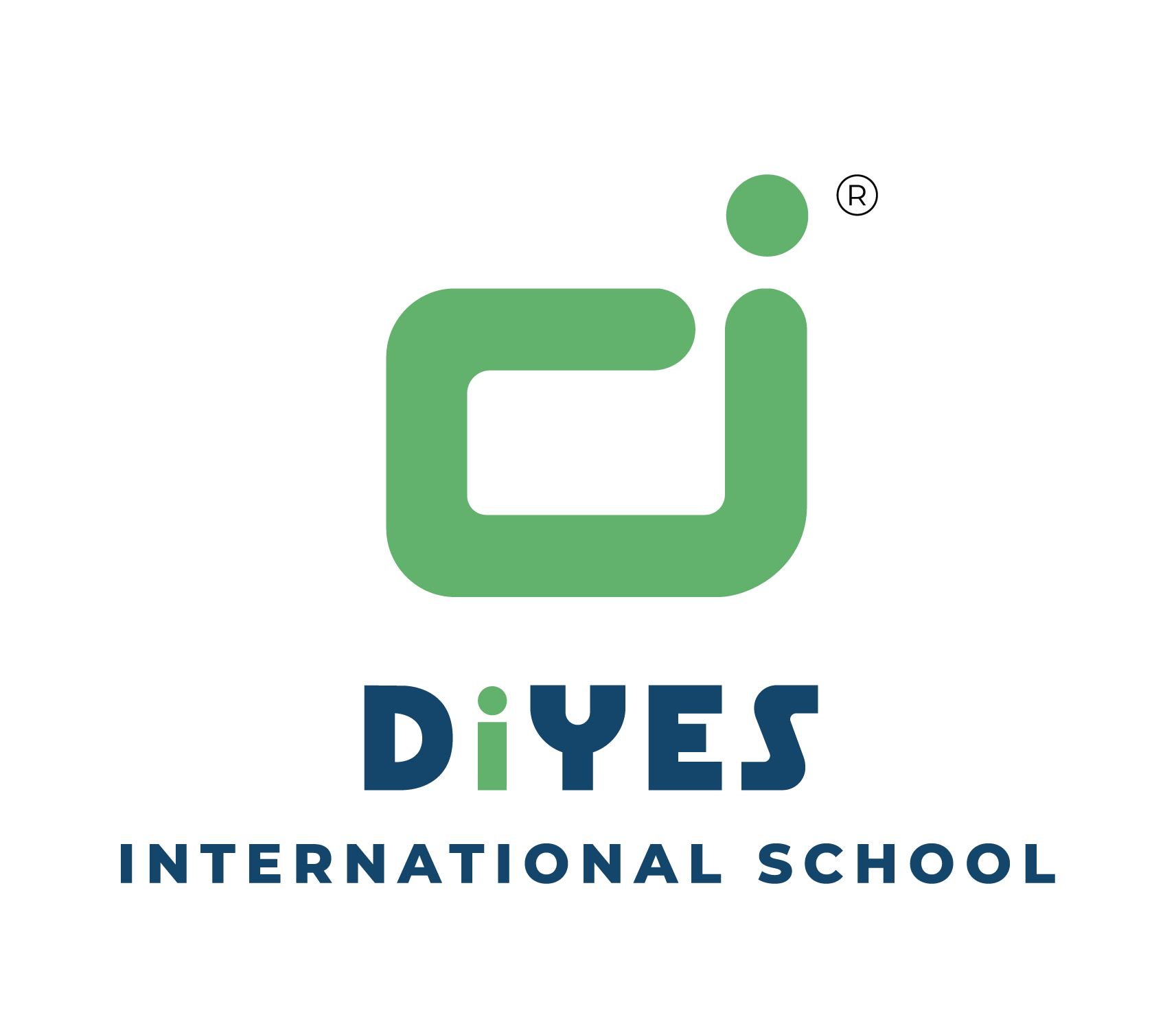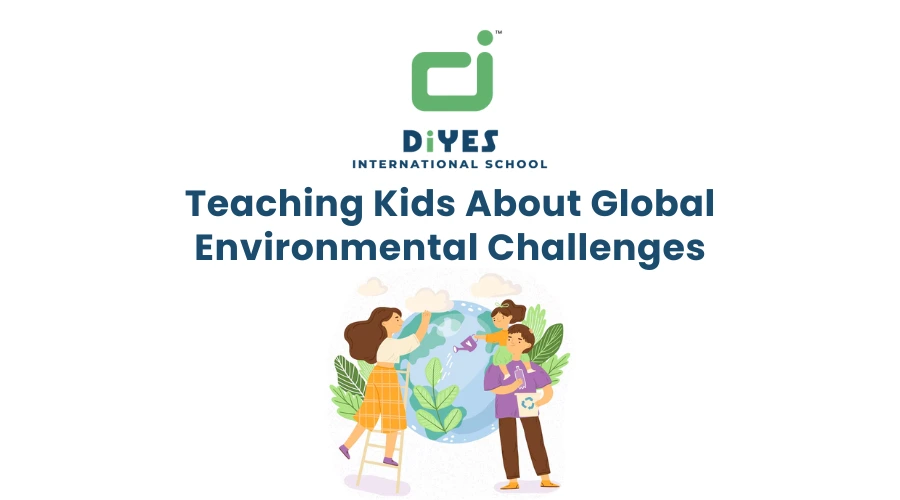Teachers should also educate the students about Environmental Education for Children: Raising Awareness in order to trigger the students’ thinking and response skills about the environment. Therefore, if children come up with an explanation of the problem, then and only then will they be in a better position to have a heightened concern with environmental issues. In this article, we will immediately highlight prospective ways of raising awareness of these issues among children and focus on active learning and play and super-learned environmental citizenship methods.
Key concepts
- Begin with basic environmental concepts
- Development: First, let’s define the concept of the environment—the environment is everything around us: sky, water, ground, plants, animals, and people, and all living and nonliving things. To facilitate this relationship, children’s Congress must use moderate language as well as moderate images in order to make children relate to the large world.
- Example: Explain how the trees make the oxygen that we breathe or how the water from the rivers enters the oceans.
- Outcome: The knowledge thus acquired enables children to understand the dignity of keeping the environment clean for all living creatures, including humans.
- Explain the idea of climate change
- Development: Explain the concept of climate change by stating that the climate of the globe is changing due to releases of greenhouse gases such as carbon monoxide, burning of fossil fuels, and destroying forests. This idea serves best when the concept is described using simple analogies for comparison.
- Example: What is the Earth like? It’s like a blanket, and we need to take care of it. If we put on too many layers or coats, and some of these are covered blankets or gases like carbon dioxide, the Earth gets too hot, and weather patterns are disrupted.
- Outcome: Getting back to roots as regards climate change facilitates education on weather, animals, and climate by making it seem simple.
- Talk about pollution and its consequences
- Development: About contamination, It assumes importance to teach kids all forms of contamination, like the air kind, water kind, and Ground kind of contamination. Give an account of how pollution impacts health, animals, and our world in general.
- Example: Explain how bulk disposal of plastic impacts the lives of water creatures or provide detail on how fumes from smog that are common in cities affect breathing. Review Illustrate by either using pictures showing polluted rivers or forests.
- Outcome: Children develop such understandings as the environmental pollution as wrong, the differences and relationships between usable waste and pollution, the cessation of pollution, and the utilization of cleanliness.
- Inform Students About Habitat Loss and Deforestation
- Development: The question that may arise in this case is: Why are forests important for supply of oxygen, to harbour wildlife, or for conservation of biodiversity? Dust how it inhibits the chances of a given species to access habitats and equally influences climate change.
- Example: Describe why the Amazon rainforest is also known as the lung of the world and how the act of deforestation affects the fauna of the ecosystem.
- Outcome: Children are taught about trees and forests, what role they play in wild life, why it is important to conserve them, and the animal conservation they support.
- Put Sustainability and Conservation First
- Development: Explaining to kids means using resources in a way that can never lead to their exhaustion in the future. Explain the concepts of conservation, recycling and waste minimization.
- Example: It means that you must always guide your audience into using examples that can be easily implemented, like recycling bottles or lowering food waste. Use a method to explain how using recycled materials or picking an environmentally friendly product preserves resources.
- Outcome: Students know how minor acts lead to preserving the environment, focusing on reducing wastage and the wise use of natural resources.
- Presenting Renewable Energy
- Development: Explain to children the distinctions between renewable and non-renewable energy sources. Stress on changing the utilization of fossil fuel energy sources to sustainable sources such as solar, wind and hydroelectric power to fight climate change effects.
- Example: Explain how solar panels collect and use electricity and how wind turbines produce electrical energy. Watch a renewable energy plant in operation or watch videos of green energy technologies.
- Outcome: This way children are able to understand the importance of renewable energy in the protection of the environment because it does not utilize fossil fuels.
- Address Endangered Species and Biodiversity
- Development: Explain what biodiversity is—the variety of species and geographical locations present in the world today. Explain why endangered species and their habitats should be protected.
- Example: Share facts with students about cant patriot species like polar bears and elephants and how, due to human continued interference in the ecosystem and climate change, they are in danger.
- Outcome: Students know the role of the diversity of species for the stability of the entire planet and understand how appealing wildlife and habitats must be preserved.
- Take Part in Practical Activities
- Development: On the same note, children are also in a better position to understand a given question should they be allowed to solve what they are being taught. When a concept is being done practically, then it is easier to understand than if it is being done theoretically.
- Example: Take an excursion over a nature trail during a lesson on animals and plants or start up a garden tended in the Territorial / Provincial system as a demonstration of organic farming.
- Outcome: This increased contact leads to enhanced appreciation of the environment and a supportive perception of how it can be conserved.
- Include Media and Stories about the Environment
- Development: Environmental education is rather important, especially for kids and books, documentaries and online resources can become the best assistants at this process. Sometimes it is easier and more satisfying to receive information in the form of a narrative or/and picture.
- Example: Some of the picture books to use to teach children about the environment include The Lorax by Dr. Seuss and The Great Kapok Tree. Instead of telling them this, you can get child-friendly documentaries to use to illustrate the impact of climate change on animals.
- Outcome: They pass moral values and provoke concern in the hearts of children and concern for the natural environment.
- Set an Example for Sustainable Practices
- Development: The children will follow this practice from the example given to them by their parents and other teachers through role models. Whether it is washing utensils or cutting tape, reusing plastic containers or saving water, children learn when they follow an example or the actions of their elders.
- Example: Some of the measures include switching off all lights at places where they are not needed, using arms-bearing shopping bags, and taking shorter showers.
- Outcome: As children observe adult standards closely and model their behaviors after the latter’s.
- Encourage community involvement and environmental activism
- Development: Develop in children some appreciation of how they can become involved with local environmental activities such as clean-up exercises and tree planting.
- Example: Support or participate in an organization’s environmental event, such as Earth Day, planting of trees or recycling.
- Outcome: For the children to participate in community actions, they are taught how they are able to affect the surrounding environment and how to become responsible citizens of the globe.
Conclusion
Explaining to children worldwide environmental problems is crucial in order to raise a generation that considers the planet’s needs and wants to change something for the better. Play, conversation, and participation are useful approaches that can create awareness on difficult environmental issues like climate change, pollution or loss of species habitat. And when a child is growing up with such exposures, the young one will embrace the subject and be a responsible environmental citizen as they grow up; hence, the future will be all the brighter for all of us.


